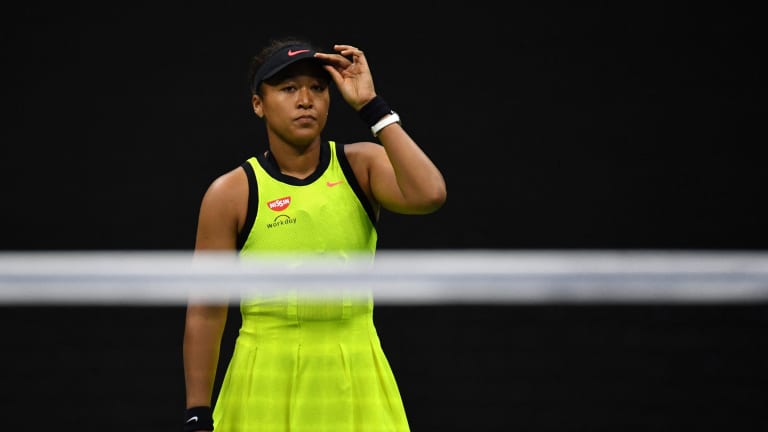Missing In Action
Missing In Action: Naomi Osaka faces a more challenging future
By Nov 10, 2021Missing In Action
Missing In Action: Is Roger Federer won and done?
By Nov 09, 2021Missing In Action
Missing In Action: Rafael Nadal will be ready to return soon, but questions remain
By Nov 08, 2021Missing In Action
Missing In Action: What lies ahead for Serena Williams?
By Nov 08, 2021Your Game
Racquet Review: Head Radical Pro 2025
By Apr 26, 2025Social
Taylor Townsend confirms she will be ‘front and center' at Roland Garros following concussion in Miami
By Apr 26, 2025Lifestyle
Looking for love? Madison Keys says there are plenty of fish in the sea
By Apr 26, 2025Madrid, Spain
Novak Djokovic vs. Matteo Arnaldi: Where to Watch, Madrid Preview, Betting Odds
By Apr 26, 2025Ranking Reaction
How Jessica Pegula and Coco Gauff can pass Iga Swiatek for the No. 2 ranking in Madrid
By Apr 25, 2025Pick of the Day
Madrid Open Betting Preview: Joao Fonseca vs. Tommy Paul
By Apr 25, 2025Missing In Action: Naomi Osaka faces a more challenging future
In a short time, the 24-year-old has become a star on and off the court. But that won't subside the pressure she'll inevitably face upon her return.
Published Nov 10, 2021
Advertising
Advertising
Advertising

In September, Osaka failed to defend her US Open title, taking a third-round loss to eventual runner-up Fernandez.
© AFP via Getty Images